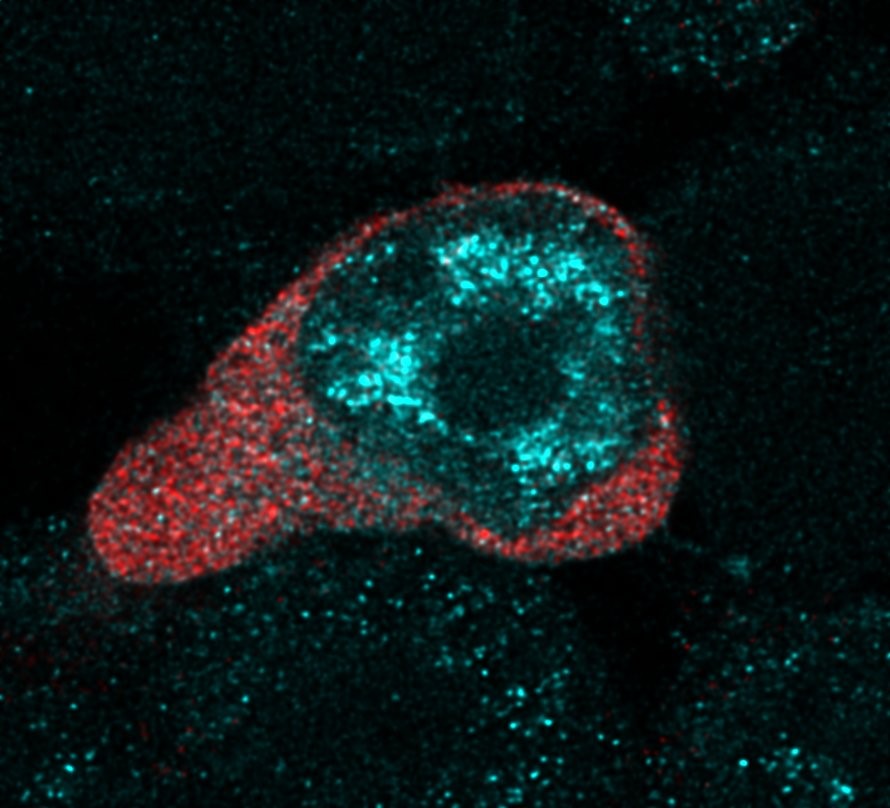
Carninci Group
In recent years, genomic studies have identified multiple functions for non-coding genome and transcriptome, including regulation of gene expression in all cells, tissues and organs. However, we have still much to learn. Appropriate gene regulation, like gene expression dosage in each cell is a key factor in health and disease. To fully understand genome regulation, is mandatory to understand how non-coding regions act together in all different cells and tissues of the human body.
The genome produces a large variety of long non-coding RNAs (lncRNAs). The relatively few well studied lncRNAs are engaged in a variety of activities, including interactions with chromatin, other RNAs, proteins and may have regulatory or structural role. Together with lncRNAs, the genome is also regulated by many proteins, including transcription factors, epigenome modifiers and other DNA interacting proteins. Altogether, all these molecules form complexes that interact and regulate chromatin, promoters and enhancers in the human body with high cell specificity in health and diseases in different genetic background.
To address these challenges, the Carninci Group strive to develop and broadly use technologies to comprehensively study the non-protein-coding part of the genome, its function and interactome. The following are some of the focuses of the laboratory:
- We study the role, structure, modifications and interactome of SINE elements embedded in antisense lncRNAs, which are involved in the regulation of translation of the gene they target. These RNAs, called SINEUPs, are the first class of lncRNAs known to positively regulate protein synthesis and are revealing fundamental aspects of RNA biology.
- We develop and standardize transcription profiling technologies like the cap-analysis gene expression (CAGE), to develop a universal and finely quantitative transcriptome technology, which will ultimately be used to profile populations of single cells in tissues.
- We further develop approaches to detect interactomes of molecules, like for the RADICL-seq technology, which globally detects interactions of RNA with chromatin and identifies RNAs that are likely to regulate gene activity. –
Technologies developed in the Carninci Group are made broadly available to the Genomics Research Centre and the whole Human Technopole to broadly share inter-functional information from genomics data. Altogether, understanding the function of the non-coding regulatory genome is essential to develop genome medicine, to fully realize the potential of genomics for human health.
Group members
-
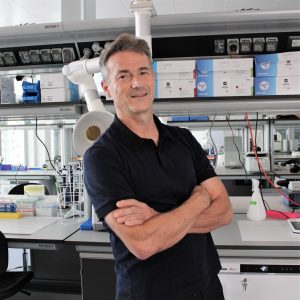 Piero Carninci
Piero Carninci
Head of Genomics Research Centre – Functional Genomics -
 Roberto Amarie
Roberto Amarie
Undergraduate Intern -
 Jessica Armida Bertolini
Jessica Armida Bertolini
Postdoc -
 Laura Carpen
Laura Carpen
PhD Student -
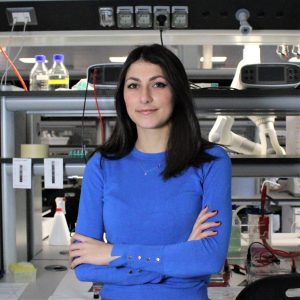 Anastasia Casali
Anastasia Casali
PhD Student -
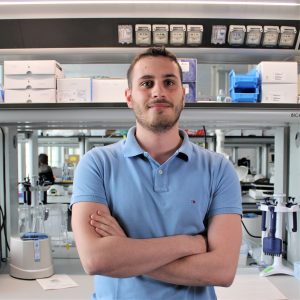 Matteo Furchì
Matteo Furchì
PhD Student -
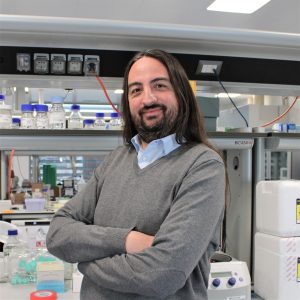 Marco Gaviraghi
Marco Gaviraghi
Postdoc -
 Aslihan Karabacak Calviello
Aslihan Karabacak Calviello
Postdoc -
 Claudia Latini
Claudia Latini
Postdoc -
 Ilaria Nisoli
Ilaria Nisoli
Senior Technician -
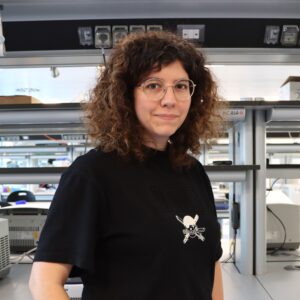 Silvia Nostro
Silvia Nostro
PhD Student -
 Rossana Piccioni
Rossana Piccioni
Technician
Publications
-
07/2022 - Cell
Recombination of repeat elements generates somatic complexity in human genomes
Non-allelic recombination between homologous repetitive elements contributes to evolution and human genetic disorders. Here, we combine short- and long-DNA read sequencing of repeat elements with a new bioinformatics pipeline to show that somatic recombination of Alu and L1 elements is widespread in the human genome. Our analysis uncovers tissue-specific non-allelic homologous recombination hallmarks; moreover, we […]